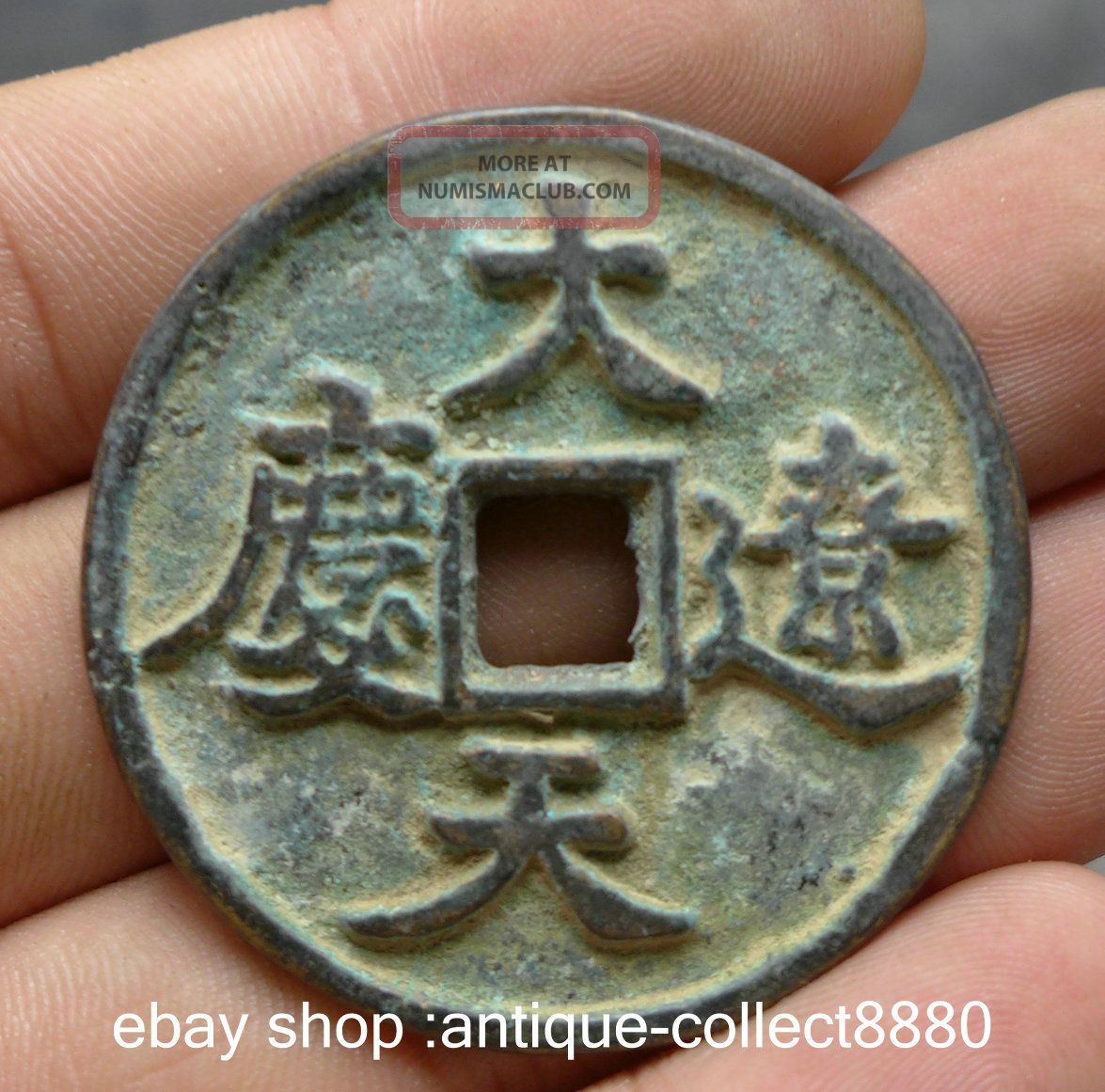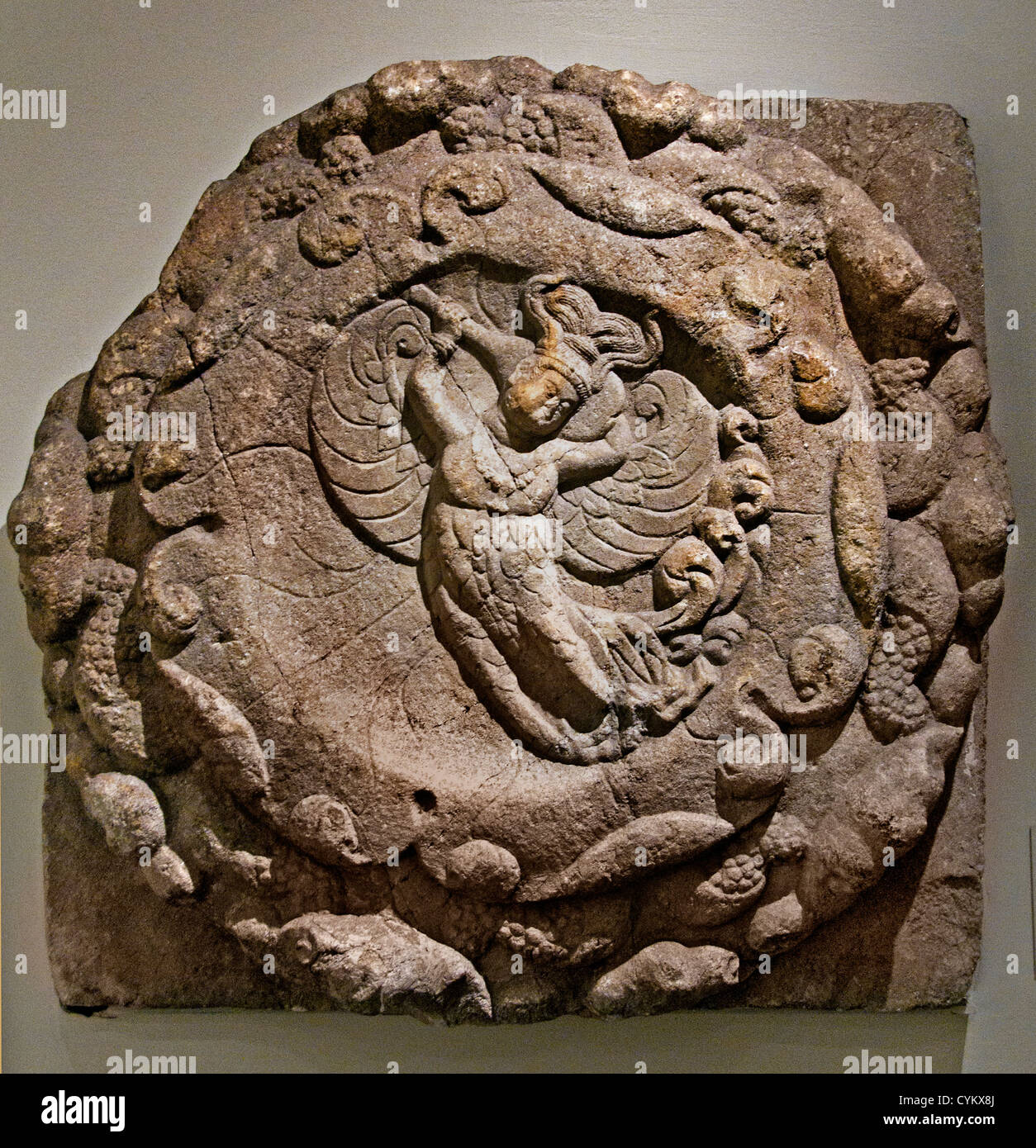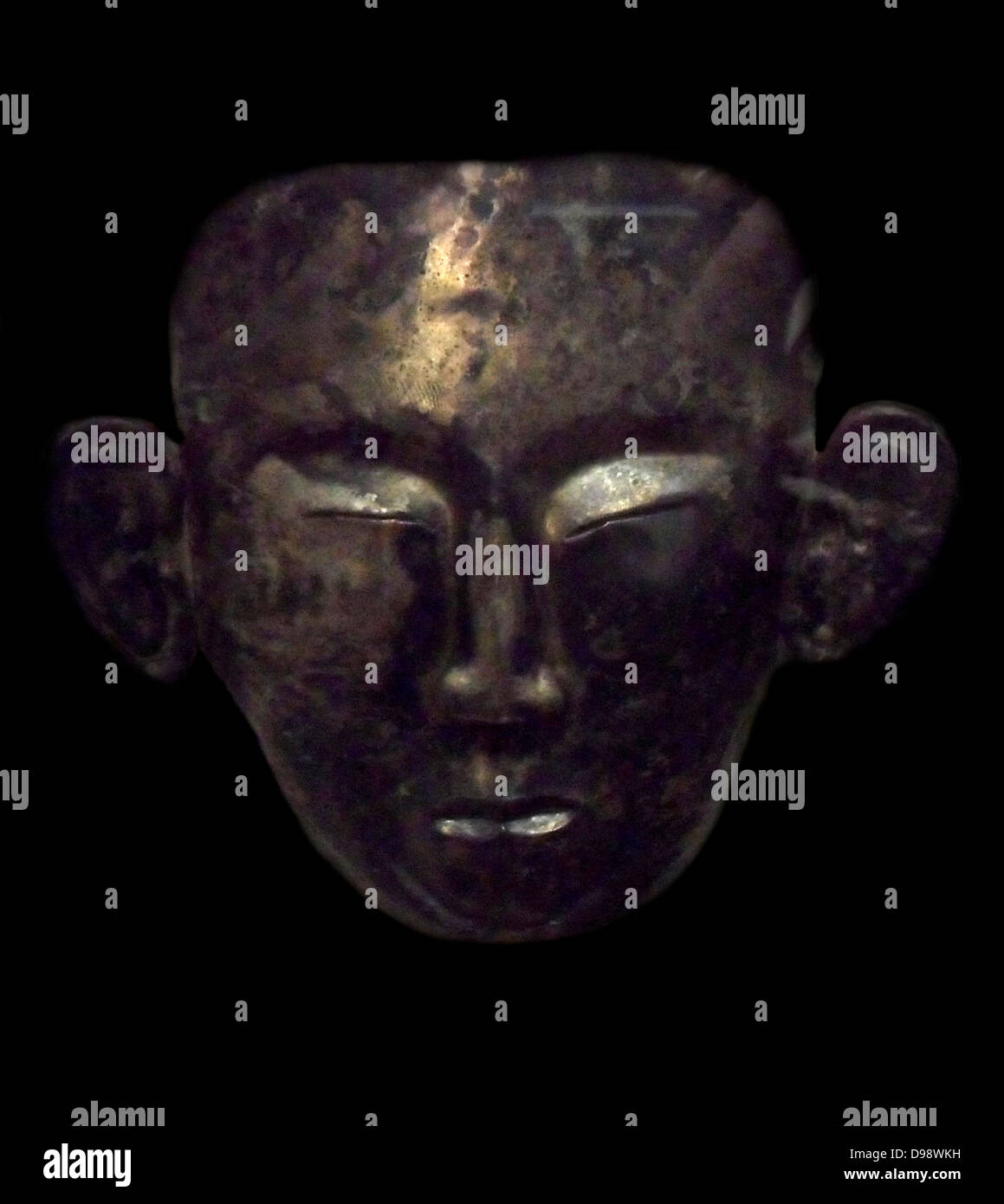Liao: Exploring The Ancient Chinese Dynasty And Its Legacy, delve into the enigmatic world of the Liao dynasty, a pivotal period in Chinese history that left an indomitable mark on the nation's cultural, political, and economic landscape.

41mm Ancient Chinese Dynasty Bronze Da Liao Qing Tian Money Currency - Source numismaclub.com
Editor's Notes: "Liao: Exploring The Ancient Chinese Dynasty And Its Legacy" published today, uncovering the captivating narrative of the Liao dynasty and its enduring influence on Chinese civilization. This comprehensive guide unveils the dynasty's intricate tapestry of political strategies, cultural advancements, and economic prowess, offering invaluable insights for understanding the complexities of Chinese history.
Through meticulous analysis and extensive research, we have meticulously crafted this guide to equip you with a profound understanding of the Liao dynasty. Delve into the intricacies of its nomadic origins, witness its rise to imperial power, and explore the profound impact it had on the development of Chinese society.
| Dynasty | Founder | Capital | Duration |
|---|---|---|---|
| Liao | Yelü Abaoji | Shangjing | 907-1125 CE |
Within the pages of this guide, you will uncover the Liao dynasty's remarkable contributions to Chinese culture, including its fusion of nomadic and Han traditions, the flourishing of Buddhism and Taoism, and the emergence of groundbreaking architectural marvels. Moreover, its economic policies fostered trade and commerce, enriching the lives of its people.
FAQ
This section provides a comprehensive list of frequently asked questions (FAQs) about the Liao dynasty, an ancient Chinese dynasty that ruled from 916 to 1125 CE. These FAQs cover various aspects of the Liao dynasty, including its history, culture, and legacy, providing a deeper understanding of this important period in Chinese history.
Question 1: When was the Liao dynasty established?
The Liao dynasty was established in 916 CE by Abaoji, a leader of the Khitan people, a nomadic group from Manchuria.

Liao Dynasty Wooden Coffin in Inner Mongolia Museum Editorial Stock - Source www.dreamstime.com
Question 2: What was the capital of the Liao dynasty?
The Liao dynasty had two capitals: Shangjing (modern-day Baarin Right Banner in Inner Mongolia) and Nanjing (modern-day Beijing).
Question 3: What were the key achievements of the Liao dynasty?
During its rule, the Liao dynasty achieved significant advancements in various areas, including:
- Political and military stability
- Economic prosperity through trade and agriculture
- Cultural exchange with neighboring regions
- Development of a sophisticated administrative system
Question 4: What was the relationship between the Liao dynasty and the Song dynasty?
The Liao dynasty maintained a complex relationship with the Song dynasty, its rival to the south. The two dynasties engaged in both conflict and diplomacy, with periods of war and peace alternating throughout their histories.
Question 5: How did the Liao dynasty end?
The Liao dynasty was overthrown in 1125 CE by the combined forces of the Jurchen and Song dynasties. The Jurchens established the Jin dynasty on the territory of the former Liao dynasty, while the Song dynasty expanded its control into northern China.
Question 6: What is the legacy of the Liao dynasty?
The Liao dynasty left a lasting legacy on Chinese history and culture. Its influence can be seen in the development of the Jurchen and Mongol empires, as well as in the cultural and artistic exchanges that took place during its rule. The Liao dynasty also played a significant role in shaping the political and territorial landscape of East Asia.
These FAQs provide a comprehensive overview of the history, culture, and legacy of the Liao dynasty, offering a deeper understanding of this important period in Chinese history.
Continue to the next article section to learn more about the Liao dynasty and its impact on Chinese civilization.
Tips
Discover Liao: Exploring The Ancient Chinese Dynasty And Its Legacy, a comprehensive article that delves into the rich history and profound influence of the Liao dynasty.

The liao dynasty hi-res stock photography and images - Alamy - Source www.alamy.com
Tip 1: Unearth the Foundations of the Liao Dynasty
Explore the origins and establishment of the Liao, tracing the rise of the Yelü clan and their conquest of the Khitan tribes in the 10th century.
Tip 2: Delve into the Political Landscape
Understand the administrative structure of the Liao, including the emperor's role, the functioning of the imperial court, and the complex relationship between the Khitan and Chinese populations.
Tip 3: Discover Cultural Achievements
Investigate the vibrant cultural landscape of the Liao, encompassing advancements in art, literature, and religion. Witness the unique fusion of Khitan and Chinese influences.
Tip 4: Examine Economic Prosperity
Analyze the economic prowess of the Liao dynasty, exploring trade routes, agricultural practices, and the flourishing markets that contributed to its prosperity.
Tip 5: Understand Military Innovations
Delve into the formidable military strategies and advancements of the Liao, including their innovative use of cavalry and archery. Examine the role of the Liao in shaping the military landscape of East Asia.
Key Takeaways:
By studying the Liao dynasty, we gain valuable insights into the complexity and diversity of ancient Chinese history. Its enduring legacy continues to resonate, offering lessons on governance, cultural exchange, and the shaping of civilizations.
Embark on a journey of discovery and deepen your understanding of the Liao dynasty through Liao: Exploring The Ancient Chinese Dynasty And Its Legacy.
Liao: Exploring The Ancient Chinese Dynasty And Its Legacy
The Liao Dynasty, established by the nomadic Khitans, ruled over northern China from 907 to 1125, leaving a lasting impact on the region.
- Establishment and Expansion: The Liao Dynasty emerged from the steppes, expanding its territory through conquests and alliances.
- Cultural Exchange: The Liao rulers promoted cultural exchange, blending nomadic and Han Chinese traditions in art, architecture, and literature.
- Economic Prosperity: The Liao Dynasty fostered trade and commerce, establishing a vast network of markets and developing a sophisticated currency system.
- Military Strength: The Liao army was renowned for its cavalry and archery skills, maintaining a formidable military presence on the northern frontier.
- Diplomatic Relations: The Liao Dynasty engaged in diplomacy with neighboring nations, including the Song Dynasty in southern China, establishing a complex geopolitical landscape.
- Legacy and Impact: The Liao Dynasty's cultural influence persisted after its fall, shaping the development of subsequent Chinese dynasties and contributing to the rich tapestry of Chinese history.
These key aspects highlight the multifaceted nature of the Liao Dynasty, its rise to power, cultural achievements, economic development, military prowess, diplomatic interactions, and lasting legacy that continues to be studied and appreciated.

Chinese funerary mask. Liao dynasty (947-1125 A.D) silver Stock Photo - Source www.alamy.com
Liao: Exploring The Ancient Chinese Dynasty And Its Legacy
The Liao dynasty, established by the Khitan people, was a major power in East Asia from 907 to 1125 CE. The dynasty's legacy includes its contributions to Chinese culture, such as the development of the Khitan script and the promotion of Buddhism. The Liao also played a significant role in the development of East Asian art, architecture, and literature.

Ancient Chinese Comedy with Jesse Appell | The Class Clown Podcast With - Source play.acast.com
The importance of the Liao dynasty lies in its role as a bridge between the Tang and Song dynasties. The Liao adopted many of the Tang dynasty's institutions and practices, but also made significant innovations of its own. The Liao also played a key role in the development of the East Asian Silk Road, which facilitated trade and cultural exchange between China and the rest of Eurasia.
Understanding the Liao dynasty is essential for understanding the history of East Asia. The dynasty's legacy continues to shape the region today, and its influence can be seen in Chinese culture, art, and architecture.
| Aspect | Contribution |
|---|---|
| Culture | Development of the Khitan script, promotion of Buddhism |
| Art | Development of East Asian art, architecture, and literature |
| Politics | Adoption of Tang dynasty institutions and practices |
| Economics | Development of the East Asian Silk Road |
Conclusion
The Liao dynasty was a major power in East Asia for over two centuries. Its legacy includes its contributions to Chinese culture, art, architecture, and literature. The dynasty also played a significant role in the development of the East Asian Silk Road. Understanding the Liao dynasty is essential for understanding the history of East Asia.
The Liao dynasty's legacy continues to shape the region today. Its influence can be seen in Chinese culture, art, and architecture. The dynasty's history is also a reminder of the importance of cultural exchange and the role of trade in shaping world history.